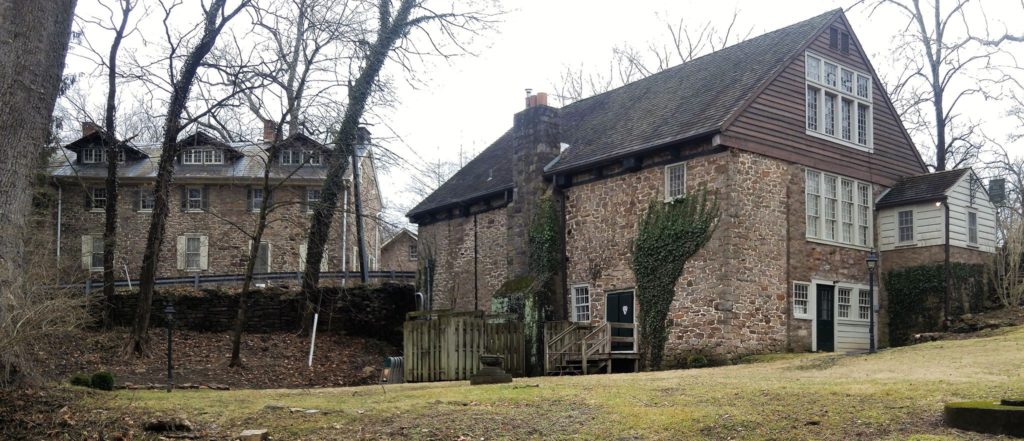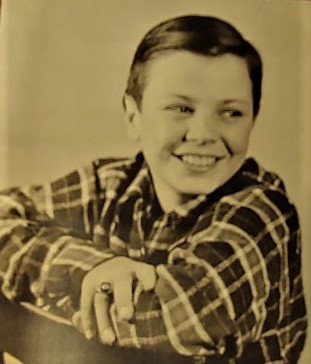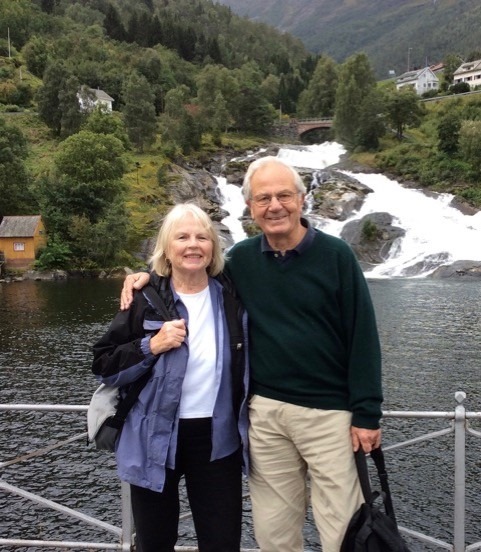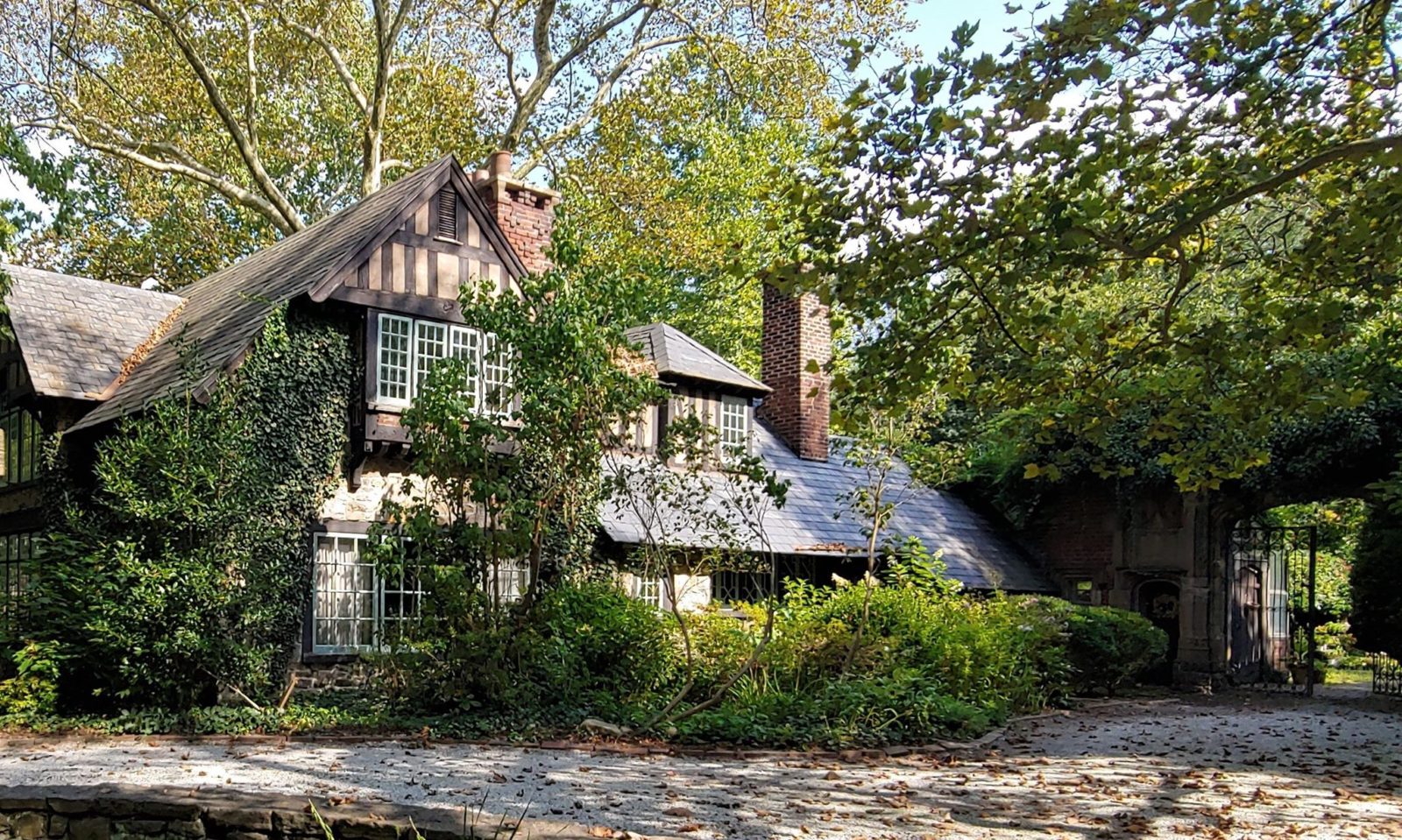Divorced mom and toddler son find grace in legendary art community in 1935.
In the harshest days of the Great Depression, New Hope lived up to its name. It was a refuge in the storm for a divorced Broadway showgirl and her toddler son William Berkeley. Now in his 80s, he contacted me recently with reminiscences of how the town and its art community embraced him and his mother Doreen when they most needed help.
“My recently divorced mother and I moved to New Hope in 1935 when I was 3 years old,” said Bill. “Our first residence was in the big house which used to be owned by the Muellers across Phillips Mill Road from the old Holmquist School.”
The girls school was a progressive private academy established by pianist Karline Holmquist in 1910 near Phillips Mill. She was a friend of William Lathrop who founded New Hope’s famous art colony at the mill a decade earlier. The school customized its curriculum to each student’s needs. Courses included college preparatory, music and fine arts. One of its graduates was anthropologist Margaret Mead. In 1925 a similar prep school for boys opened close by. The two later merged and relocated as Solebury School a few miles up Phillips Mill Road.

Into this artsy academic setting, the Berkeleys fit right in. “My mother immediately forged friendships with a number of New Hope artists,” said her son. “She became particularly good friends with Daniel Garber, Jack Folinsbee, Rob Miller, Charlie Child, Tony Leith Ross, John Sharp, M. Elizabeth Price and many others. Mom was born in England and felt very much at home in New Hope.”

She worked part-time as a drama teacher at Solebury School. “When I was a little kid — before I went to Solebury but when my mother was teaching drama there — I remember that every spring Mom would direct a piece of off-the-cuff musical theatre she created involving Solebury students. It was held in Phillips Mill. I still remember sitting in the audience and watching these lively but crazy productions in which the students just went wild!”
The mill village hugging the Delaware Canal became a community focal point after Dr. George Marshall bought it in the late 1800s. The doctor sold the miller’s house to Lathrop who converted out buildings into cottages where up-and-coming artists, writers and actors gathered. The closed grist mill became a playhouse for children and a venue for showing works of local artists. Lathrop’s effervescent wife Annie hosted Sunday afternoon garden parties. “There were dances, refreshments, cake and ice cream . . . it was real without radios,” recalled Newlin Price, NYC gallery owner and tea party regular. The artists, meanwhile, had become internationally famous as the Pennsylvania Impressionists of the New Hope Art Colony.
In that eclectic environment young Bill thrived. “I remember spending a lot of time in the Lathrop home across the street from the mill. In those days Lathrop’s son Julian and his family lived in the house and I became particularly good friends with Nora, ‘Uncle Judy’s’ older daughter. Uncle Judy, a badly wounded veteran of World War I, taught history, was an avid collector of Indian artifacts from local fields and coached Solebury’s football team which I played on.”
In the late 1930s, mother and son moved into a garden cottage on Charlie Child’s property in nearby Lumberville. “Charlie got the feeling New Hope artists weren’t getting prices they should have for their paintings sold by a few local, privately-owned art galleries. He came up with the idea of forming a co-op art gallery. Many artists said they would support it to help sell their paintings. With Child’s financial support, they bought a small building which no longer exists in front of the Playhouse just behind the bookstore.

“Then Charlie, the artists and my mother helped fix/dress up the building to become the New Hope Artists’ Co-Op Gallery. The artists hired my mother to ‘man’ the store and show off and sell paintings to customers. The gallery did quite well. All was right with the world! Then Pearl Harbor was bombed, World War II started and gas rationing went into effect. Since most of the gallery’s clients were people who drove to New Hope from Philadelphia, New York and Washington, the Co-Op Gallery lost its customer base and had to close.”
Bill and his mom remained active at Phillips Mill and Solebury School. “I attended Solebury as a student for six years on full scholarship. Later, after getting my BA from Yale and a masters degree in education from Harvard, I came back to Solebury as assistant head for 5-6 years in the 1960s. Later I served as chair of the Solebury Board for quite a few years.”
Bill and wife Karen are retired in Ashville, N.C. They visit his sister in New Hope whenever possible, rekindling joyful memories. As he put it, “New Hope is a very special place.”
Sources include “Place Names in Bucks County Pennsylvania” by George MacReynolds published in 1976, and “Phillips Mill Historic District, Bucks County, PA”, nomination document #83002220, National Park Service, National Register of Historic Places, Washington, D.C.

